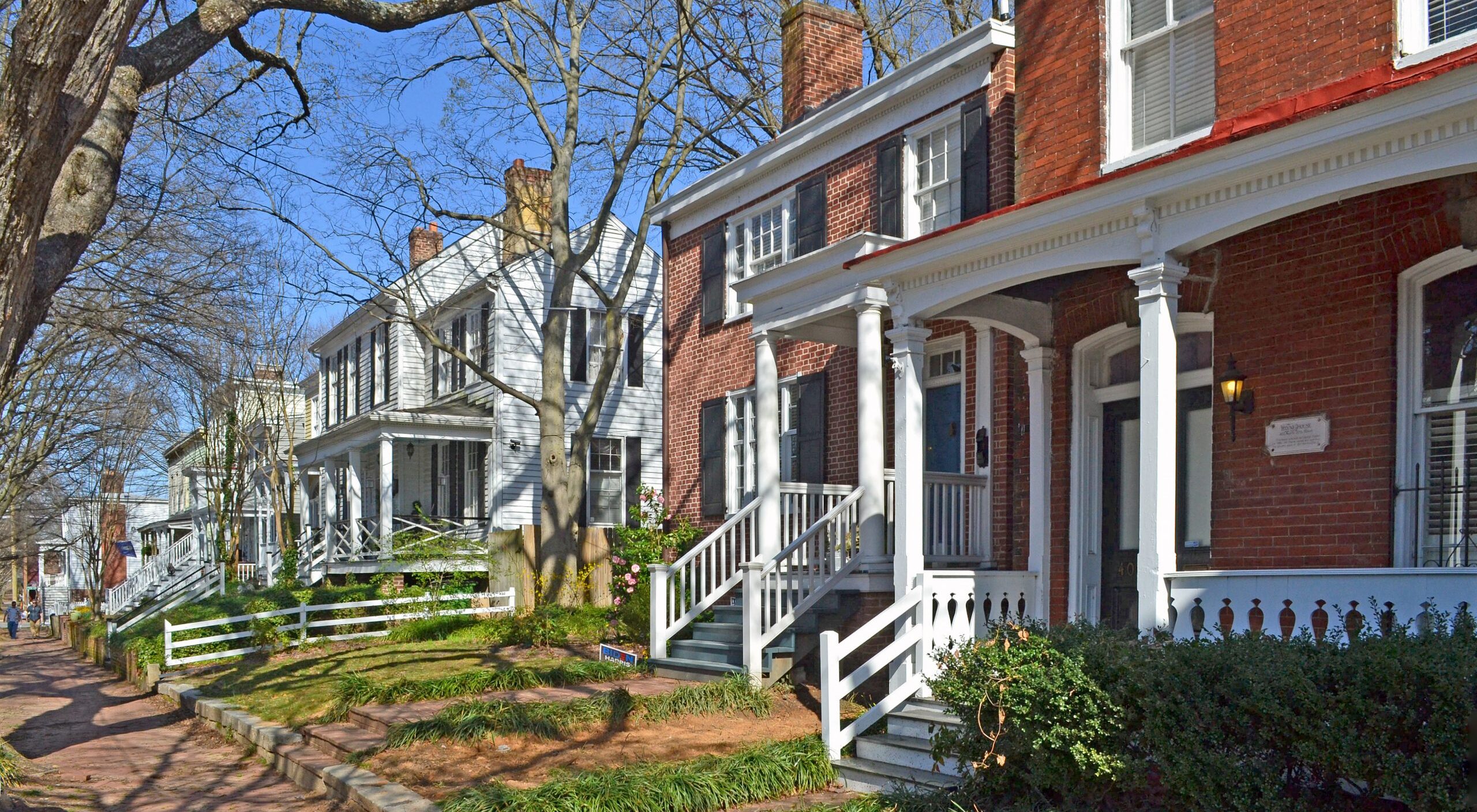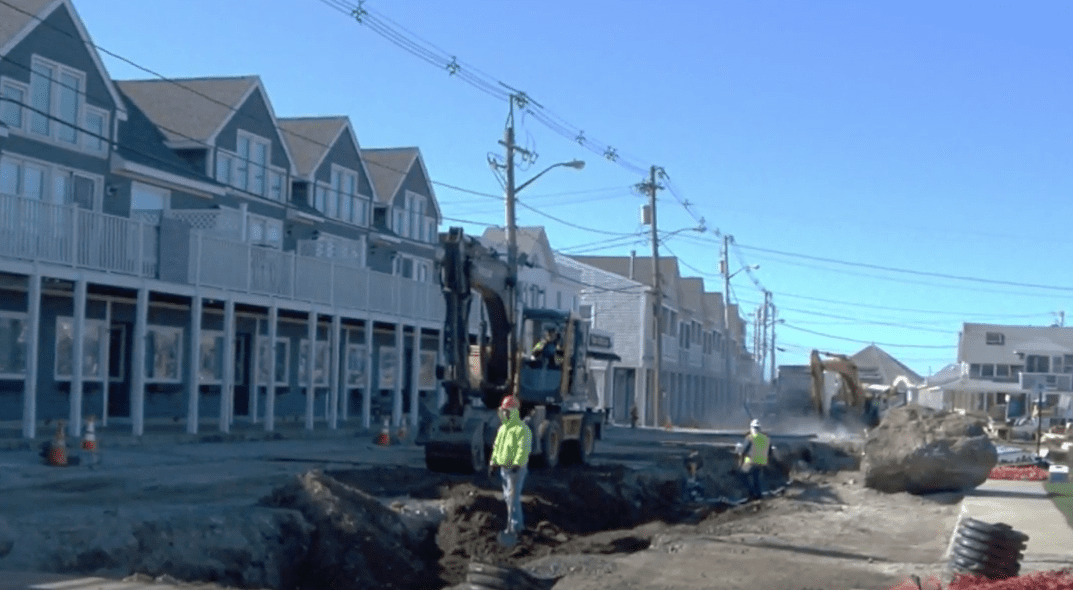Case Studies

Billboards and Sign Control
More than 700 communities and four states are billboard-free, while others have fought for better ordinances.

Community Placemaking
See how adaptive reuse, innovative zoning, and solid placemaking principles create scenic communities.

Utility Undergrounding
Communities across the country are investing in their scenic beauty and resiliency through undergrounding.

Scenic Easements
See how people have taken steps to protect their scenic views.